For anyone visiting Miami Beach for the first time, a day trip over to Key Biscayne is well worth the effort. Key Biscayne is a tiny barrier island off to the south of Miami Beach and it’s just a few minutes’ drive from Downtown Miami across the Rickenbacker Causeway.
The island is just seven miles long and two miles wide. The Village of Key Biscayne is a posh resort community in the center of the island and is home to a very wealthy crowd. Worth Magazine recently placed the island at number 134 on its “250 Richest U.S. Towns” list.
The wonderful tropical Island is very quiet and mostly residential. Key Biscayne Island, located south of South Beach, is technically the first island of the Florida Keys. The beaches are spectacular, the landscaping is lush and waterfront activities are plenty. It is the best area to feel like you are in the Islands while being in Miami. Upscale hotels such as the Ritz Carlton are also present on the island. Relax during the day and party in South Beach at night. A car is definitely required to do things in Miami.

The Village of Key Biscayne, incorporated on June 18, 1991, is located in the center 1.25 square miles of a four-mile-long, two-mile-wide barrier island between the Atlantic Ocean and Biscayne Bay. The Village is bordered to the north by Miami-Dade County’s Crandon Park and to the south by Bill Baggs Cape Florida State Park. The island is connected via causeway to the City of Miami on the mainland, approximately seven miles away.
- Population: 10,507 (Source: 2000 United States Census)
- Housing: Of the 6,318 residential units within the Village, 1,296 are single-family homes and 5,022 are multi-family units.
- Commercial Property: Seven shopping centers and other retail/office space total approximately 232,682 square feet.
Parks and Recreation
Contents
The Village borders nearly 30 acres of pristine Atlantic beach, has five public parks, and enjoys a full-service Community Center with a gymnasium and pool. The Village Green, 9.5 acres in size, contains multi-use open fields, a half-mile jogging course, a tot lot with an interactive splash fountain, a community bandstand, restrooms, and a small shade pavilion.
The Lake Park, nearly one acre in size, features a small shade pavilion overlooking the lake. East Enid Linear Park, a 1/2 mile in length, contains a ten-foot wide, bricked walkway leading to Ocean Park. The Ocean Park, recently completed, features native landscaping, a palm plaza, a large shade pavilion, and restrooms with shower facilities. Calusa Park, a 7.5-acre area at the south end of Crandon Park, is about the Village and acres and features four public tennis courts and a multi-purpose recreation building. The playing fields and basketball courts at St. Agnes Academy are used by the Village under a shared-use agreement.
Key Biscayne’s residential section boasts a relaxed architecture perhaps best described as South Sea Islands with a sprinkling of Spanish influence. White, pastel, and wood-trimmed homes line winding roads bearing peaceful names such as Cypress Drive, Myrtlewood Lane, and, of course, Bay Lane, home of President Nixon’s former “Vacation White House.”
There are two parks on the island, and both offer activities to explore the island’s ecology.
Bill Baggs Cape Florida State Park
South of the hotel, motel, and residential section is the Bill Baggs Cape Florida State Park. The park was named after William Calhoun “Bill” Baggs who was editor of The Miami News from 1957 until 1969. Open to the public for a minimal charge, the park offers wide oceanfront beaches, boardwalks, bike paths, picnic facilities, and foot trails through the native foliage. The park also has nature trails and Miami’s oldest building, the restored Cape Florida Lighthouse. After climbing 109 steps to the top of the lighthouse, you can relax and enjoy a meal at the nearby Lighthouse Cafe.
Crandon Park
County-operated Crandon Park, which encompasses the northern third of Key Biscayne, attracts thousands of visitors each year, especially to the park’s gorgeous 3.5-mile beach. Barbecue pits, picnic tables, and cabanas provide entertainment for persons of all ages. Fishing and scuba diving abound all around Key Biscayne. Crandon Park is also the site of the Sony-Ericsson Tennis Open every March.

Cape Florida Lighthouse in Key Biscayne
Nearby are the public Crandon Park Marina and private Key Biscayne Yacht Club, with docking and food facilities. Virginia Key, midway along the Rickenbacker Causeway between Key Biscayne and mainland Miami, has a wealth of water-oriented attractions.
Marjory Stoneman Douglas Biscayne Nature Center
Also at Crandon Park is The Marjory Stoneman Douglas Biscayne Nature Center. It was named for the journalist and conservationist who was instrumental in bringing protection to Florida’s wetlands. It offers guided walks along the island’s east shore, moonlit canoe trips, and turtle release tours. The Park is also home to the 18-hole Crandon Park Golf Course.
Bill Baggs Beach is often the site of movie shoots due to its natural splendor and indigenous foliage and unspoiled beach. Windsurfing and boating are also available. For dining, Le Croisic is one of Miami’s best French bistros.
Miami’s unique Marine Stadium, a cantilever-roofed structure, was once the site of exciting powerboat races and other water competitions but has since fallen into disrepair.
So much to see and do between the geographic boundaries of Cape Florida State Park and the old Marine Stadium, combined with a relaxed atmosphere, warm sunshine, and subtropical breezes, which makes Key Biscayne the ideal vacation spot for the relaxation-seeking visitor.
Biscayne Bay Miami
Biscayne Bay is a gorgeous 35-mile lagoon running along the Atlantic Coast of southern Florida. This beautiful bay is a flowing estuary, fed by many different rivers, tidal creeks, and submarine springs. The waters flooding in every day are part of the fragile ecosystem containing plants, fish, birds, and a wide array of other wildlife.
In the past fifty years, dozens of protection groups have stepped forward to protest the ongoing destruction of this wonderfully diversified area. Most of these groups feel that all of the up and coming man-made
features created around Biscayne Bay is slowly allowing different pollutants into the area upsetting the fragile balance of these coastal waters.
South Florida has been documented on many occasions blatantly misusing the water supplies that this area of the coast is in dire need of. All of South Florida’s water management plans and uses of incoming water supplies directly affect the freshwater flow to Biscayne Bay.


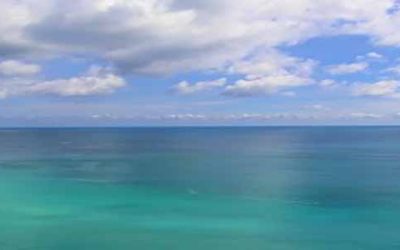
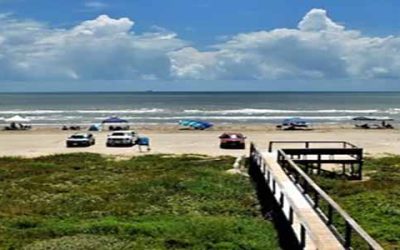
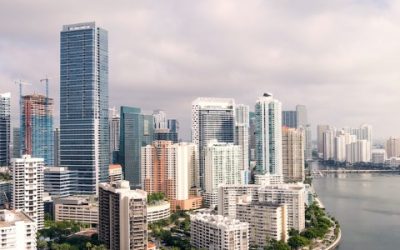
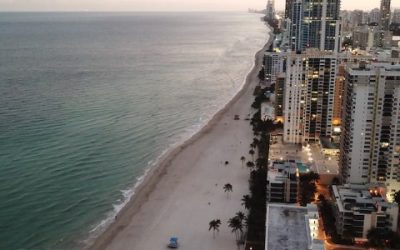
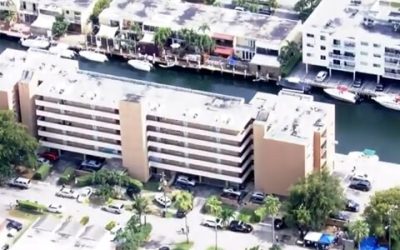
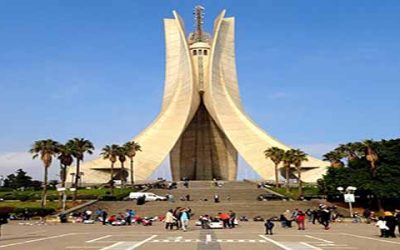
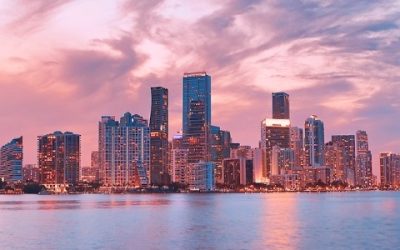
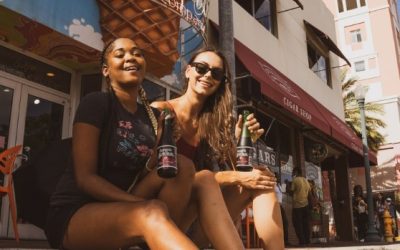
0 Comments